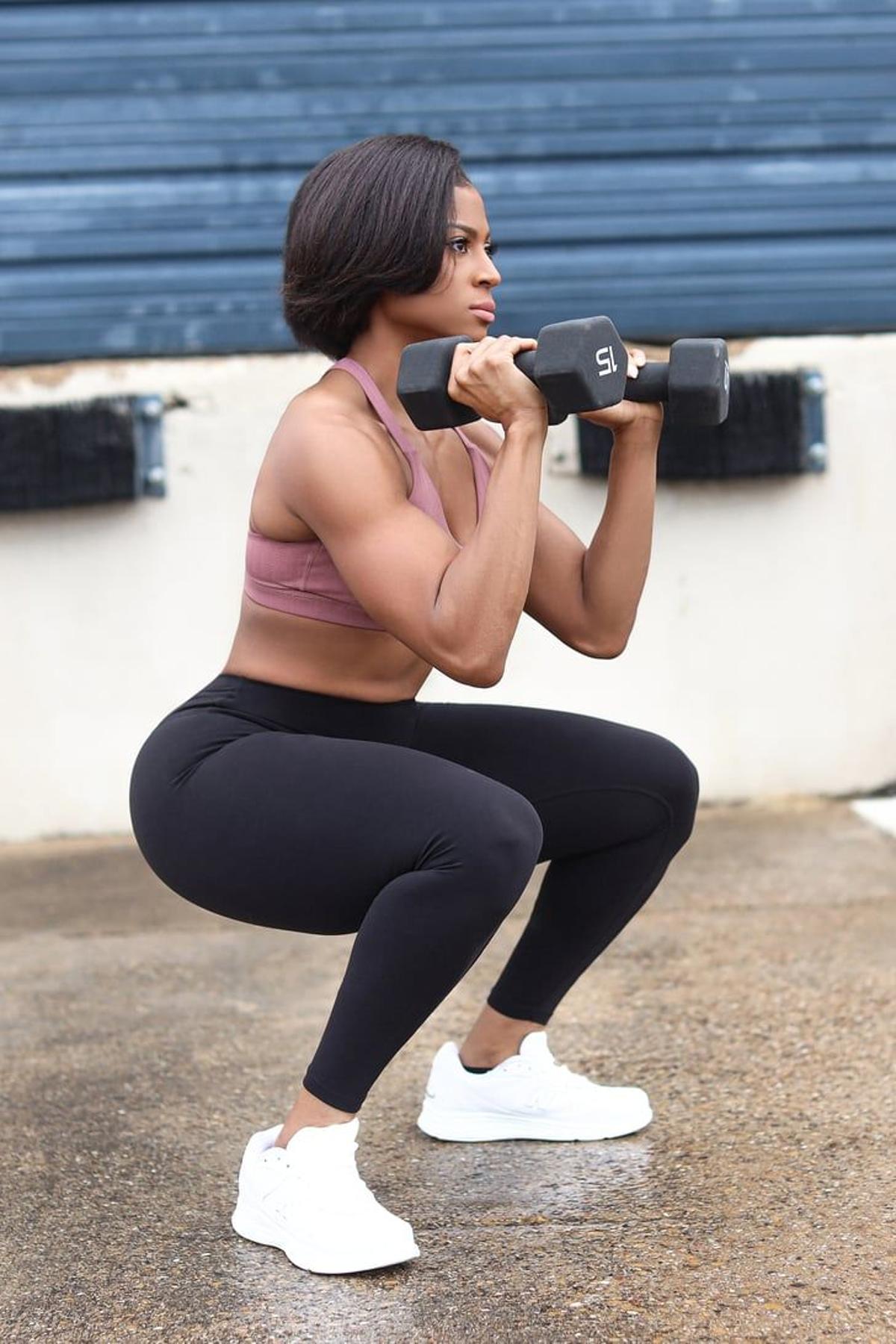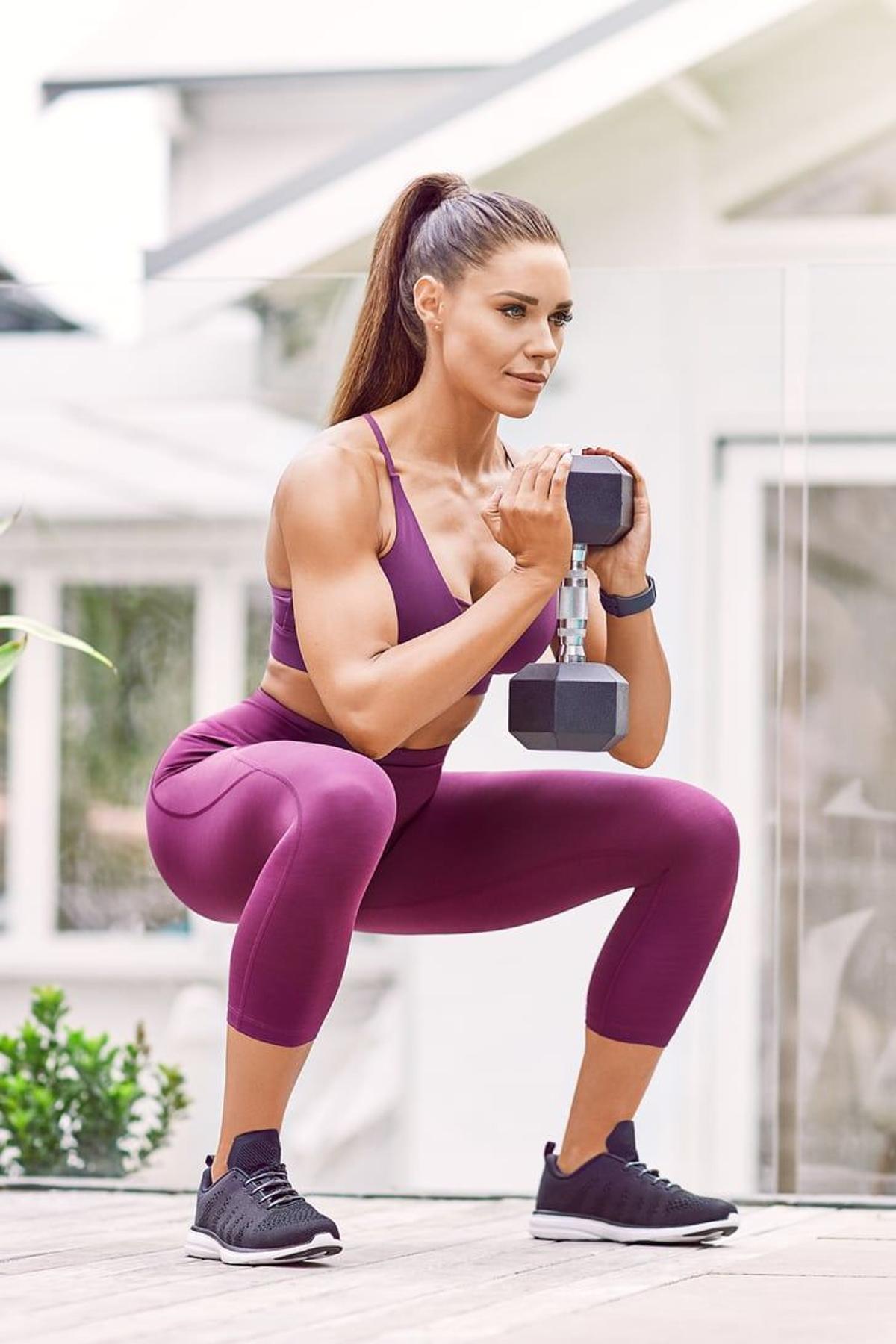“How Many Squats Should You Do by Age? Nigerian Experts Break It Down”

You don’t always need a hospital check-up to know how well your body is aging. Sometimes, the answer is sitting right in your legs, your hips, and the way you move when no one is watching. Enter the squat, that simple but powerful move that health experts now call a lifelong barometer of strength and endurance.
We live in a culture where six-pack abs get the spotlight, yet your ability to drop low and rise again without losing form is one of the most honest tests of functional fitness. Think about it, you squat every day: sitting in a chair, standing up from the toilet, picking up your bag, even dancing at a party. The real question is, how many can you do with control, and what does that number say about your health as you age?
Why Squats Matter More Than You Think
Nigerian physiotherapists like Prof. Babatunde Adegoke and Dr. Adesola Odole from the University of Ibadan have shown through clinical trials that closed kinetic chain exercises such as squats improve quadriceps strength, reduce pain and boost thigh muscle bulk, especially for people with knee osteoarthritis. In plain terms, squats don’t just tone legs, they guard your knees and hips from breaking down as the years go by.
Meanwhile, researchers like Dr. Abimbola Aiku at the University of Ibadan have revealed another fascinating angle: squatting acts as a postural stress test. It forces your heart and blood vessels to adapt quickly. In Nigerian adults, especially those with type-2 diabetes, blood pressure spikes higher during squats a reminder that while powerful, the movement demands respect and proper progression.
And for older Nigerians, physiotherapy surveys led by Dr. Michael Kalu highlight that squats and chair-squat variations are a frontline tool for fall prevention. Weak legs equal poor balance, and poor balance is one of the biggest threats to independence in later life.
ALSO READ:
-
5 Healthy Habits for Busy Nigerians Who Want to Stay Sane and Sharp
-
This Year, Make That Workout Routine Finally Work — No Cap
-
Why Rest Days Are Just As Important As Workouts
The Squat Scoreboard: What’s Healthy for Your Age?
Experts agree the ideal squat count changes as you age not because weakness is inevitable, but because your body’s priorities shift. In your 20s, the focus is performance. In your 40s, it’s posture and joint care. By your 60s, it’s all about balance and mobility.
Ages 20–30
- Men: 50 squats in 60 seconds
- Women: 45 squats in 60 seconds
This is prime time, strength and endurance are naturally at their highest.
Ages 31–40
- Men: 40 squats
- Women: 35 squats
The focus shifts to maintaining muscle mass and avoiding injury as metabolism begins to slow.
Ages 41–50
- Men: 30 squats
- Women: 25 squats
Mobility and posture take center stage, as many people spend long hours seated at work.
Ages 51–60
- Men: 25 squats
- Women: 20 squats
Strength here supports bone density and lowers the risk of hip fractures one of the biggest health threats for older adults.
Ages 61 and above
- Both Men & Women: 5–15 squats
This isn’t about speed or big numbers anymore. Every squat is a shield against falls, a push toward independence, and a reminder that age doesn’t have to equal fragility.

The Secret Behind the Numbers
The beauty of this test is in its honesty. If you can’t reach the target for your age, it’s not a failure — it’s feedback. Nigerian clinical trials confirm that when squats are performed with good form, they restore strength, reduce joint pain and improve balance. But poor technique or overexertion, as Dr. Aiku’s cardiovascular studies warn, can stress the heart and blood pressure system, particularly in at-risk patients.
And if you blow past the numbers? That’s a green light that your training, nutrition, and recovery are paying off. Local physiotherapy research also shows that consistent squat practice strengthens the connective tissue around the knees and hips, delaying degenerative problems like arthritis.
How to Squat Like a Pro
It’s not just about going down and coming up. To perform the perfect squat:
- Plant your stance: Feet shoulder-width apart, toes slightly outward.
- Brace your core: Keep your spine neutral and avoid rounding your back.
- Sink with control: Lower until your thighs are parallel to the ground, or as deep as your mobility allows.
- Drive through your heels: Push upward without bouncing or using momentum.
- Breathe with rhythm: Inhale on the way down, exhale on the way up.
For older adults, Nigerian physiotherapists recommend the chair squat variation — standing up and sitting down repeatedly from a chair — as a safe progression that builds functional strength without overloading the joints.
Final Takeaway
Squats aren’t just another gym move; they’re a mirror of your aging process. Every rep is a test of your strength, balance, breathing, and mobility. Whether you’re 25 and chasing performance, or 65 and fighting for independence, the rule remains the same: keep squatting.
Because in the end, it’s not about chasing a number, it’s about keeping the freedom to stand tall, sit low, dance when the music comes on, and live without fear of falling.
MORE ARTICLES:
-
Why a Great Sex Life is Key to Better Health
-
What Makes Women Special According to Science
-
Smart or Scared? Why Gen Z Nigerians Now Date With One Foot Out the Door
-
7 Ways to Satisfy Your Woman in a Way She’ll Never Forget

Desauce Magazine is more than a blog, it is a cultural journal capturing the rhythm of Nigeria. From music and film to lifestyle and social issues, we tell stories that reflect the energy, struggles, and brilliance of our people.



